A marketing maven and a by-the-book launch director team up for a mission set against the high-stakes backdrop of the 1960s space race between the Soviet Union and the United States. A film by Greg Berlanti, starring Scarlett Johansson, Channing Tatum, Jim Rash, Anna Garcia, Donald Elise Watkins, Noah Robbins, Colin Woodell, Christian Zuber, Nick Dillenburg, Ray Romano, and Woody Harrelson.
FLY ME to the MOON
Greg Berlanti
(2024)
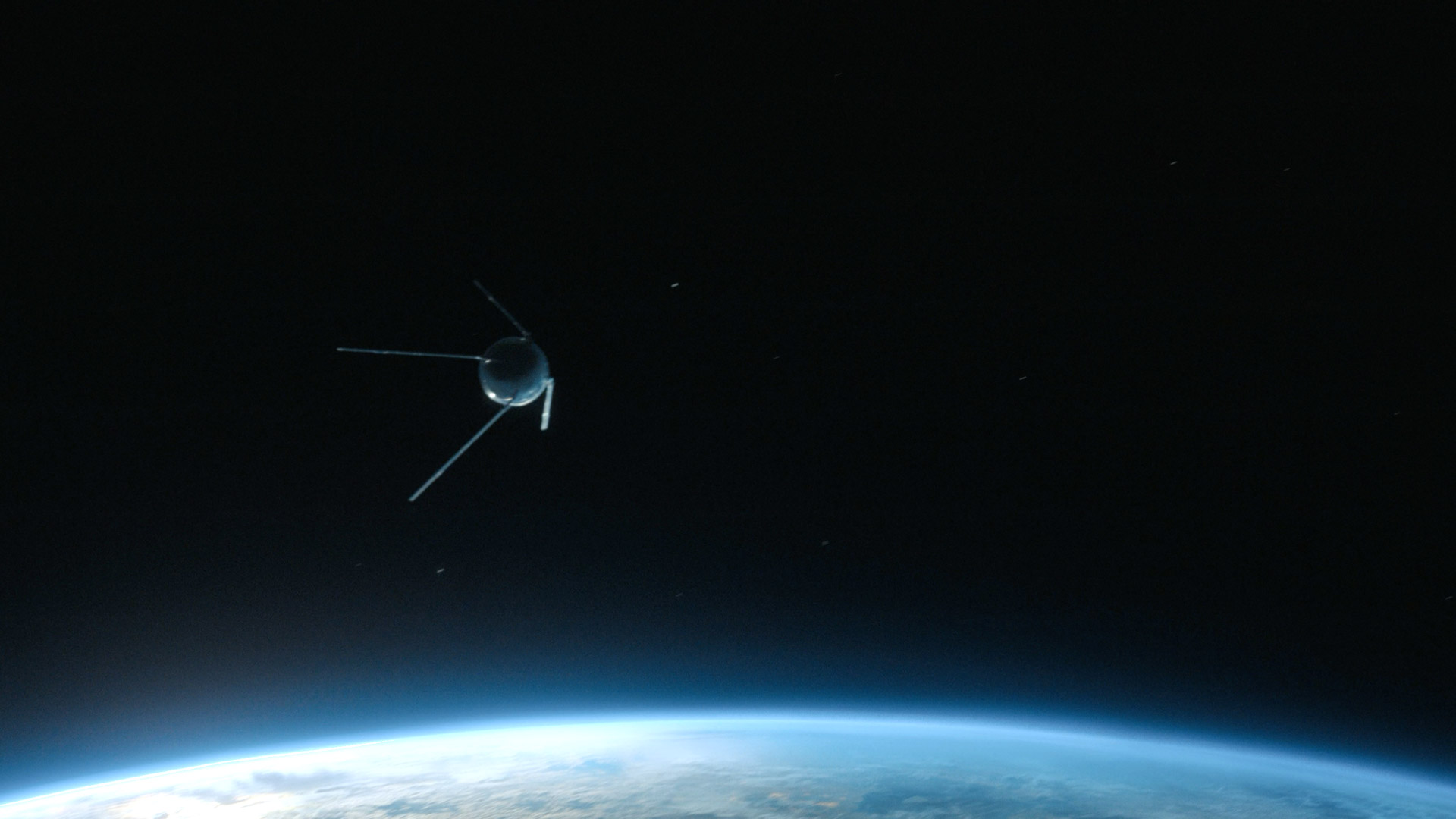
In October 1957, the Soviet Union launched the world’s first artificial satellite, Sputnik 1, into orbit. This achievement fueled a space race between the United States and the Soviets. While America attempted to launch its own satellite, the effort ended in disastrous results. The Soviet Union successfully sent a man into space and brought him back alive.
The Space Race began on 30 July 1955, when the U.S. announced its intention to launch artificial satellites for the International Geophysical Year. The Soviet Union quickly responded, indicating their plans to do the same. The competition escalated dramatically after the launch of Sputnik 1 on 4 October 1957, the first artificial satellite, which marked the beginning of the Space Age and caused widespread concern in the U.S. about Soviet technological superiority. This was followed by Sputnik 2, which carried the first living creature, Laika, into space on 3 November 1957.
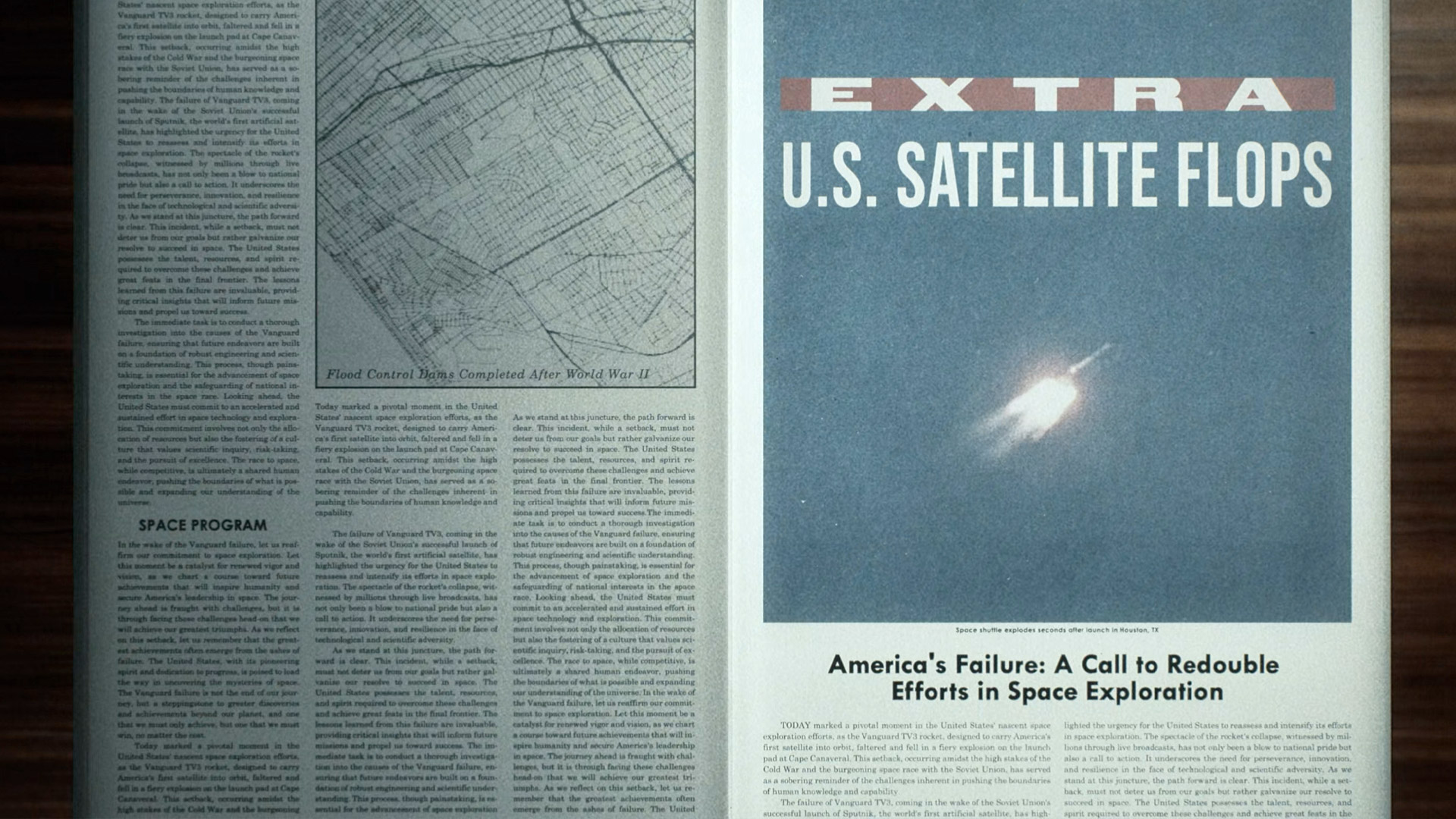
On 25 May 1961, the President of the United States, John F. Kennedy, declared the ambitious goal of landing an American on the Moon and returning him safely to Earth before the end of the decade. He emphasized the importance of this mission not only for scientific advancement but also as a means to demonstrate U.S. leadership in the context of the Cold War and the ongoing space race against the Soviet Union.
The Space Race was a significant 20th-century competition primarily between the United States and the Soviet Union, aimed at achieving superior spaceflight capabilities. The Space Race was more than just a technological competition; it was a powerful symbol of national pride and ideological superiority. Each nation sought to demonstrate its technological prowess and, by extension, the superiority of its political system. The achievements in space were seen as critical to national security and were heavily publicized, with the U.S. focusing on transparency in its civilian space program, while the Soviet Union operated under a more secretive military-industrial model.
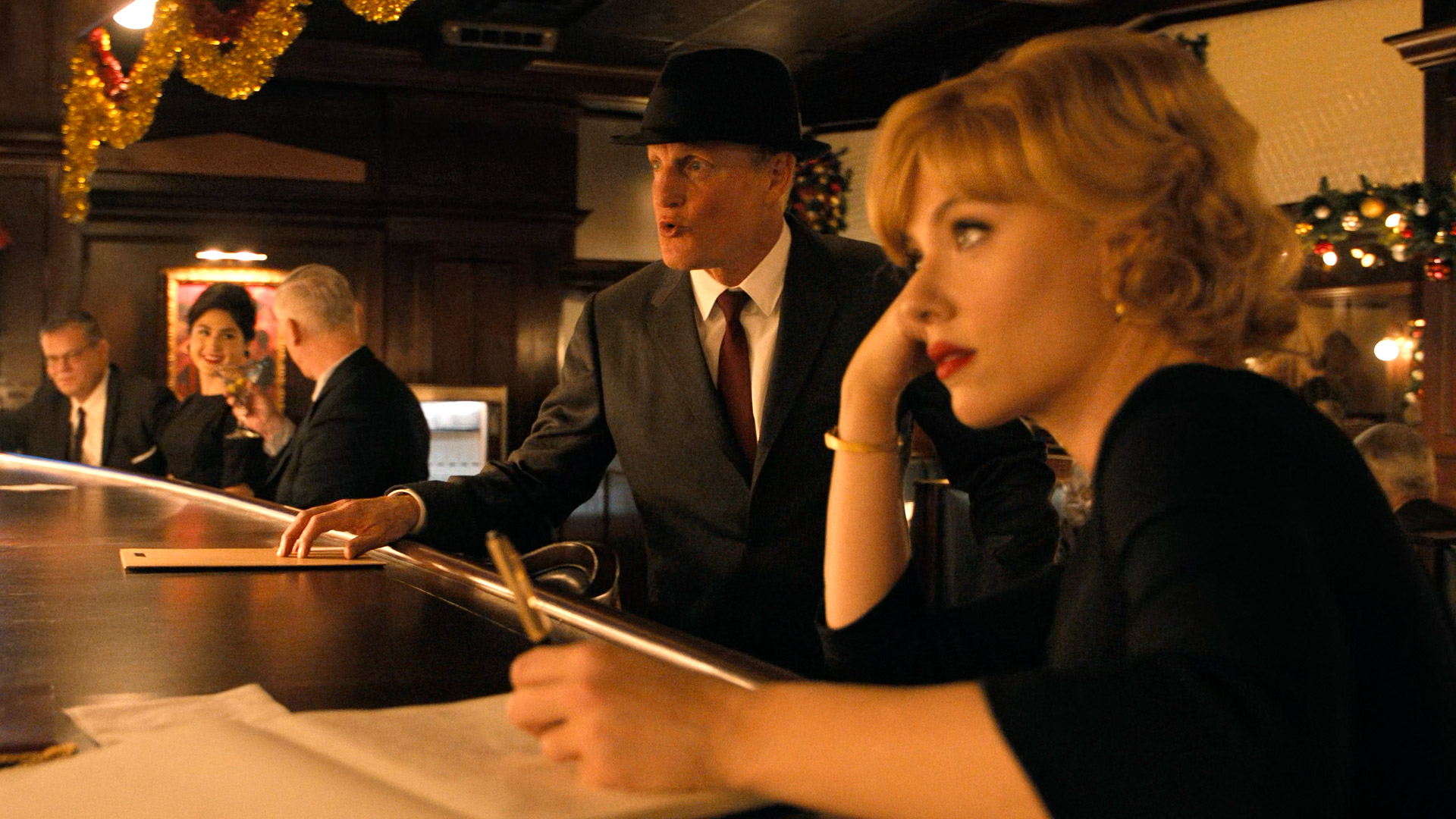
Marketing specialist Kelly Jones (Scarlett Johansson) is approached by Moe Berkus (Woody Harrelson), who claims he works for the President of the United States’ office. Moe convinces Kelly that she should stop wasting her talent on selling cars and instead use it for something bigger and more impactful. He hires Kelly to revamp NASA’s Public Affairs division to improve the agency’s image in the eyes of the American public.

Kelly and her assistant, Ruby Martin (Anna Garcia), fly to Florida to work at NASA’s Launch Operations Center, where they meet Cole Davis (Channing Tatum), the Launch Director. He seems surprised that Kelly has been hired for Public Affairs and that they have entered an off-limits building without permission. When Cole denies her request to interview engineers, asserting they are too busy with their work, Kelly has to get creative and think outside the box.
NASA’s Launch Operations Center (LOC), established on 7 Marc 1962, was initially set up as an independent field center on Merritt Island, Florida. It was created to support the Apollo Lunar Landing Program, with the aim of facilitating space exploration efforts. In December 1963, the LOC was renamed the John F. Kennedy Space Center (KSC) to honor President John F. Kennedy, who had championed the goal of landing humans on the Moon.

Kelly begins to execute her meticulously planned strategy to revamp NASA’s image, starting with staging interviews with attractive hired actors. She uses images of the moon from Apollo 8 to divert public interest away from assassinations and ongoing wars, ensuring that NASA and the Apollo Program are featured on every TV channel every day. Additionally, she introduces ad campaigns that tie in products with NASA’s astronauts.
NASA did not engage in commercial endorsements or partnerships with brands for the Apollo missions. The agency adhered to strict regulations that prohibited the promotion of commercial products. While the Omega Speedmaster watch was worn by astronauts during the Apollo missions and has become iconic as the “Moonwatch,” NASA’s use of the watch was based on its performance and reliability, not as part of a marketing strategy or tie-in product campaign.

Moe is impressed by Kelly’s work, noting that she not only raises public interest in the Apollo program but also helps NASA secure the senators’ votes, ultimately ensuring the Apollo 11 launch. However, Moe is concerned that the whole world is now watching, and Americans can’t afford to fail the moon landing mission. He needs Kelly to prepare an alternate version of the moon landing called “Project Artemis,” as a backup plan in case the real mission fails.

Kelly is initially reluctant to participate in Moe’s plan, fearing that such a big secret of this magnitude could backfire and possibly send her to jail. However, she decides to take the job after Moe promises to clear all her past records, presumably related to something criminal.
Moon landing conspiracy theories began to emerge in the mid-1970s, primarily fueled by Bill Kaysing’s book We Never Went to the Moon: America’s Thirty Billion Dollar Swindle, published in 1976. Kaysing, a former technical writer for Rocketdyne, claimed that NASA had faked the moon landings to win the Space Race against the Soviet Union. His assertions sparked public interest and skepticism about the authenticity of the Apollo missions. Despite the overwhelming evidence supporting the reality of the Moon landings, a significant minority of people still believe in the conspiracy theories, with between 6% and 20% of Americans expressing doubts about the landings being real.
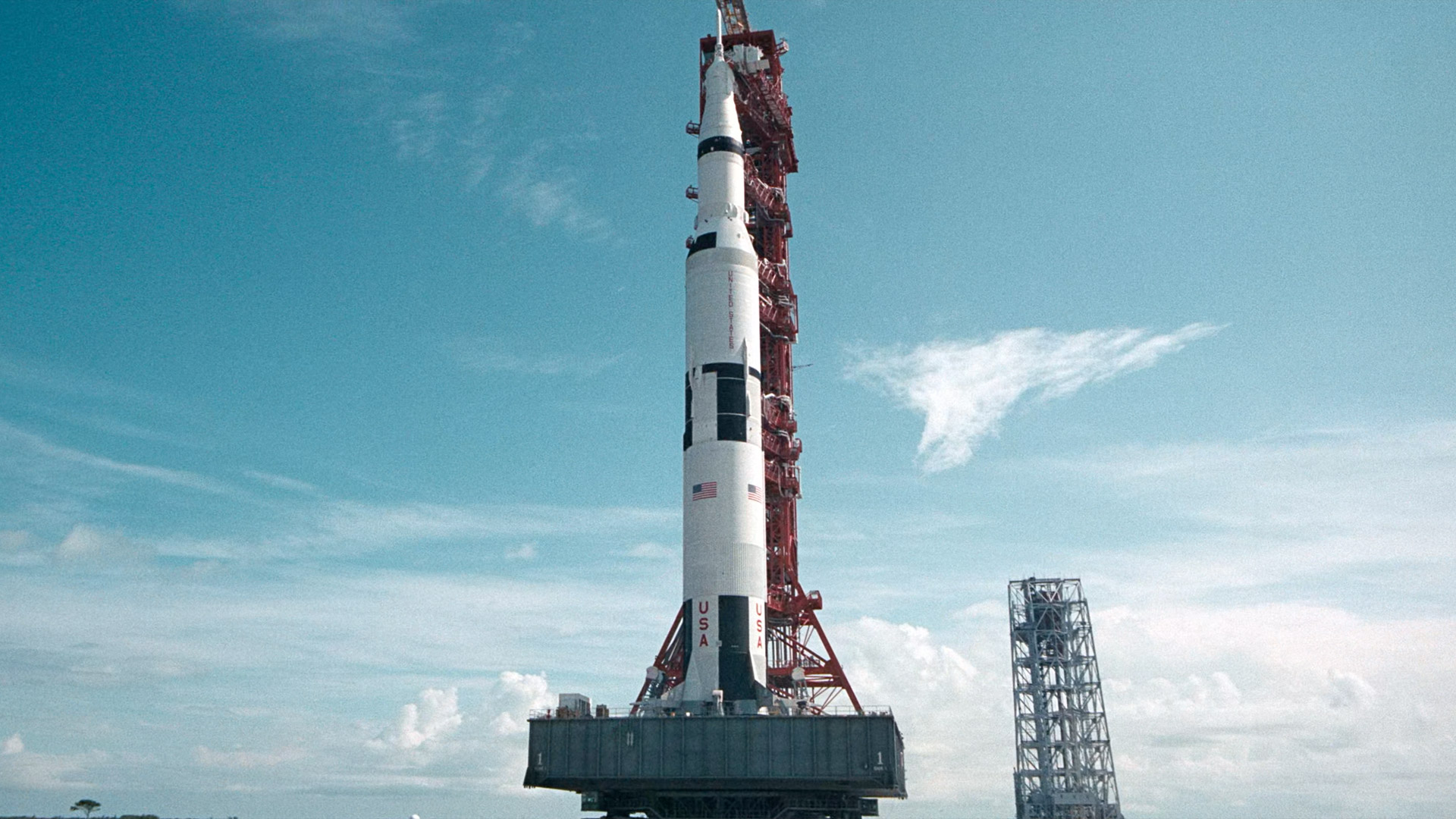
Directed by American filmmaker Greg Berlanti from a screenplay written by Rose Gilroy, based on a story by Bill Kirstein and Keenan Flynn, FLY ME to the MOON is a charming romantic comedy albeit unnecessary bit of drama.

Scarlett Johansson delivers an impressive performance; her appearance alone lights up the scene. Channing Tatum shines as NASA’s uptight launch director, haunted by the tragic past of Apollo 1.
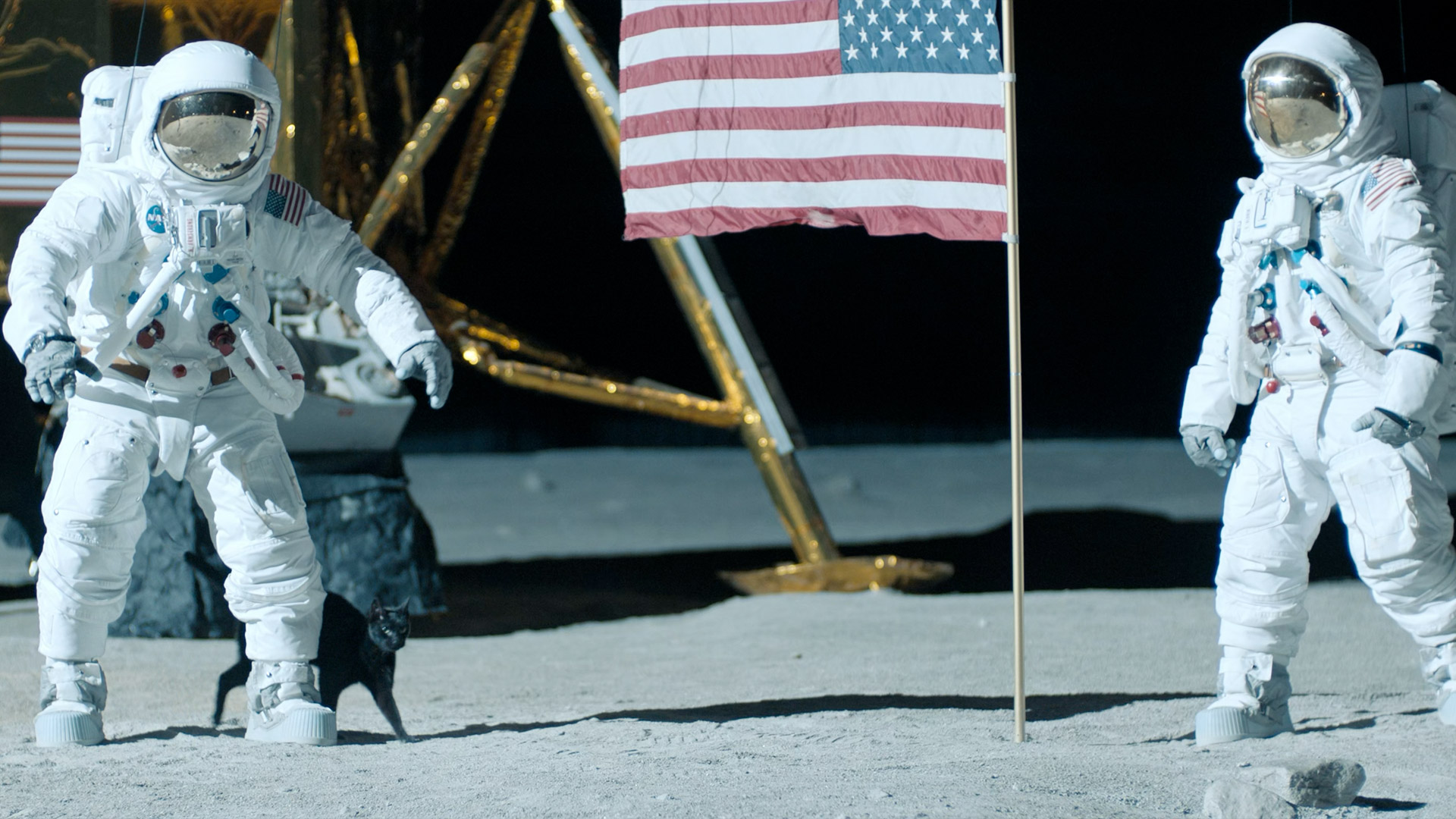
Unfortunately, the film suffers from slow pacing, trying to juggle too many elements that feel irrelevant to the main characters. Their onscreen chemistry often takes a backseat to the backdrop of the space race, which keeps pushing itself to the forefront. This creates confusion about whether the film wants to focus on the characters’ relationship or the moon landing mission, sometimes relegating the comedy to the background.
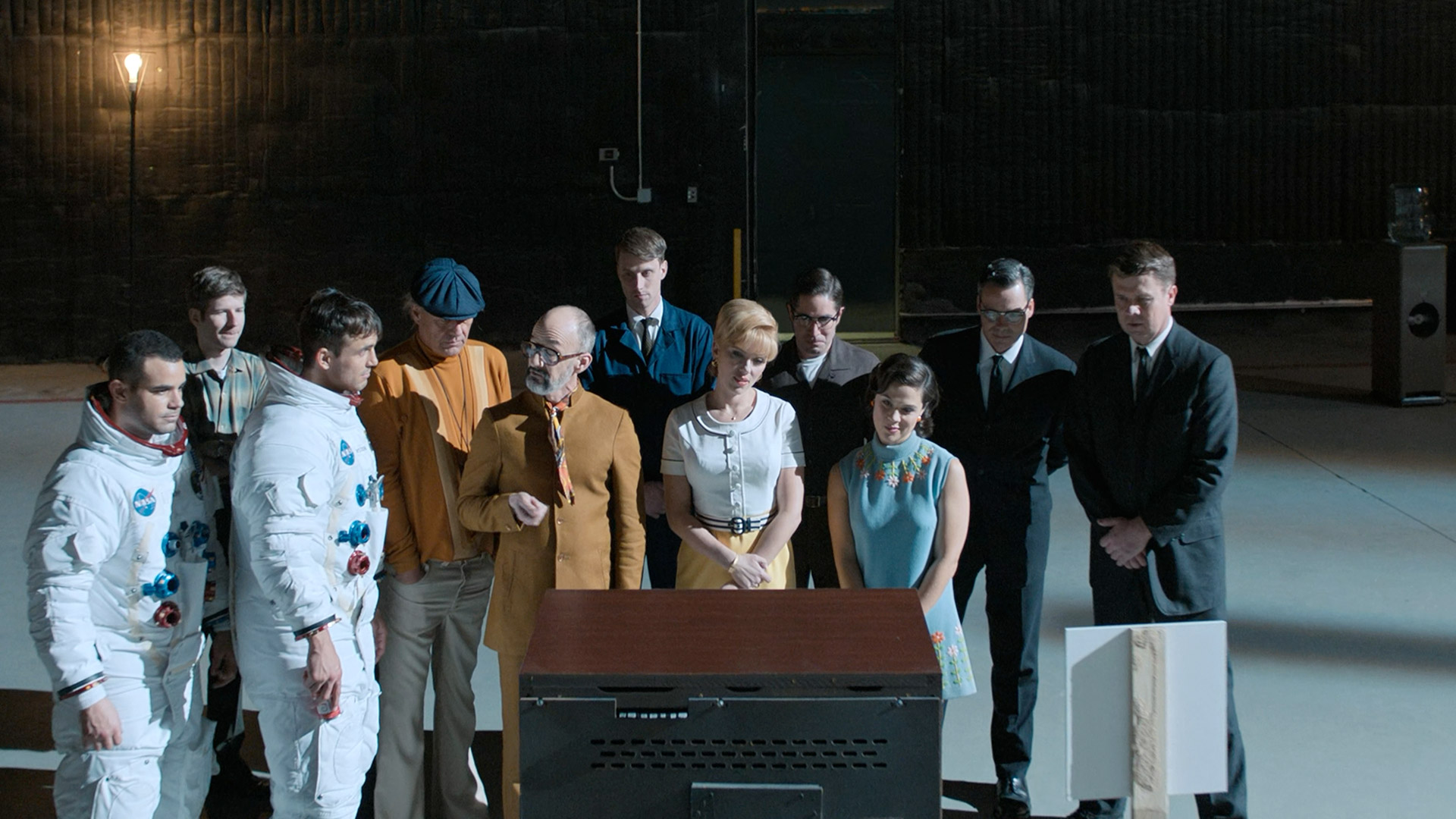
Despite the stunning cinematography that beautifully recreates the 1960s era in the United States including NASA’s interior and spaceflight, the film feels longer than it should, clocking in at over two hours. Personally, I think no romantic comedy should exceed 95 minutes, let alone stretch past 120 minutes. While I admire the filmmaker’s ambition to blend political satire with historical drama and romance, it ultimately struggles to pull off any of these elements successfully.
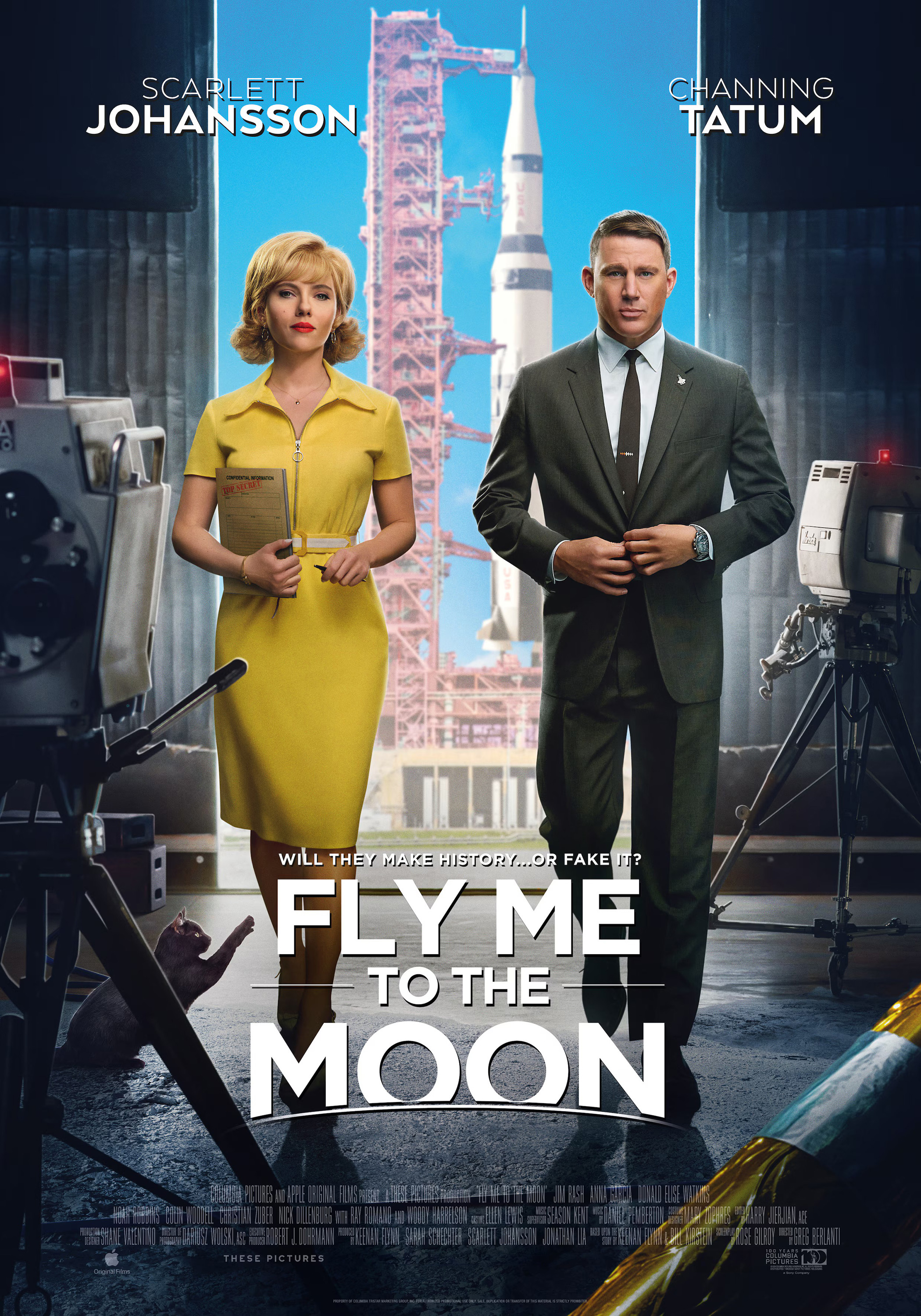
FLY ME to the MOON premiered at AMC Lincoln Square on 8 July 2024. It was theatrically released in the United States on 12 July. The film grossed around $40 million worldwide ($20 million domestically) against a production budget of $100 million.




